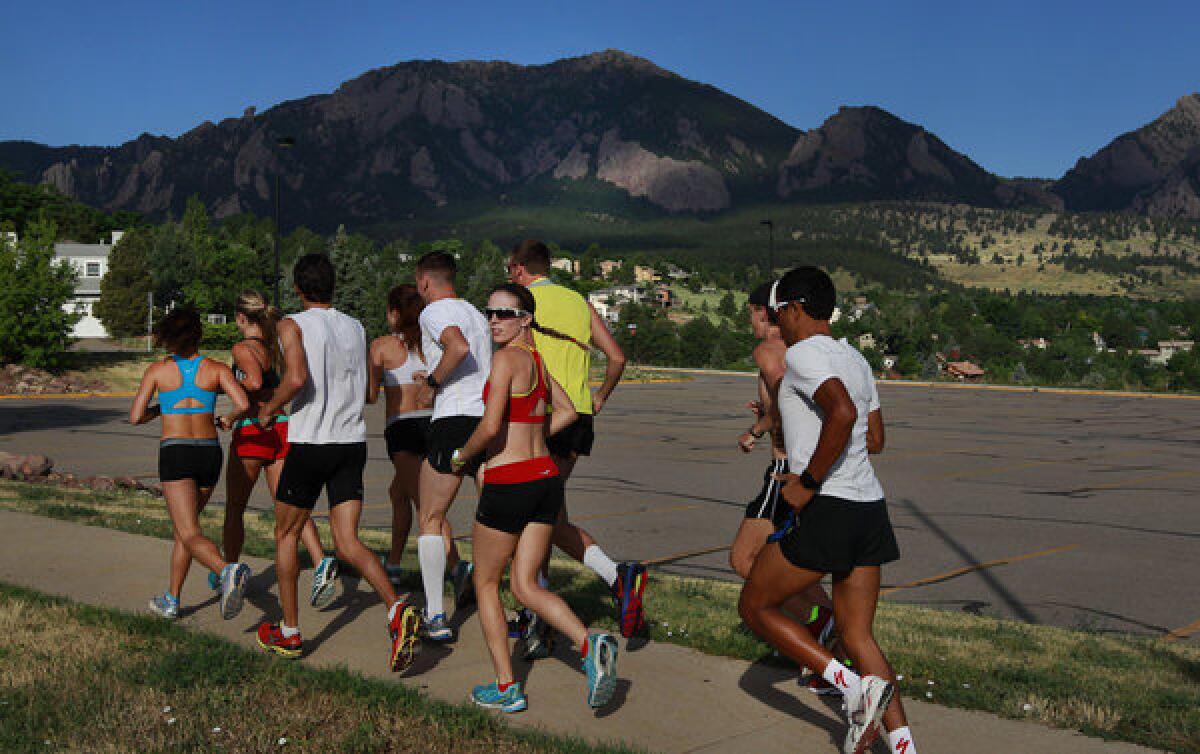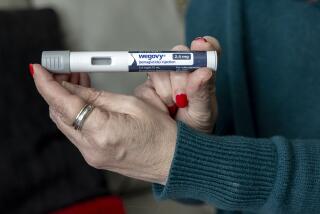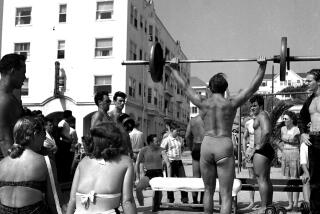Americans exercise more, but are still not losing much weight

WASHINGTON – Americans are exercising more, but that has not done much to slim their waistlines, underscoring the immense challenge confronting health advocates fighting the nation’s obesity crisis.
In more than two-thirds of the nation’s counties – including some of the most unhealthy – men and women became more physically active over the last decade, according to data published Wednesday.
Women made notable progress nationwide, with the percentage who got sufficient weekly exercise jumping from 46.7% to 51.3%. The percentage of physically active men ticked up a point to 57.8%.
But these improvements have done little to reduce obesity, researchers at the University of Washington’s Institute for Health Metrics and Evaluation concluded.
Between 2001 and 2009, obesity rates for men or women fell in just nine counties. National rates climbed throughout the decade, although some recent evidence suggests obesity rates may no longer be rising.
PHOTOS: 2013’s memorable political moments
“There has been a lot of progress on physical activity,” said Dr. Christopher Murray, lead author of the research, which was published in the journal Population Health Metrics. “To tackle obesity, we need to do this. But we probably also need to do more. … Just counting on physical activity is not going to be the solution.”
Today, more than one-third of U.S. adults and approximately 17% of children are obese, according to the federal Centers for Disease Control and Prevention.
Many health experts believe that changing diet may do more to bring those numbers down than increasing exercise.
A separate paper by the institute published Wednesday in the Journal of the American Medical Assn. identified poor diet as the No. 1 factor contributing to America’s poor health compared to other industrialized nations.
Life expectancies in the United States stagnated for women in 1,405 counties and for men in 154 counties between 1985 and 2010, researchers reported. And Americans living in the worst-performing counties in the nation, in Appalachia, now live shorter lives than people in Vietnam, Yemen and Sudan.
Despite the grim news, Murray and others believe that, eventually, the uptick in exercise will likely deliver significant health benefits and may help reverse the decades-long increase in weight.
“We know that exercise has amazing virtues,” said Dr. Georges C. Benjamin, executive director of the American Public Health Assn. “It helps prevent cardiovascular disease, build muscle tone and reduce bone loss. It improves mental health, and it reduces stress. … All of those are vitally important.”
Some of the biggest gains in physical activity over the last decade occurred in America’s unhealthiest counties in the Deep South and Appalachia.
The percentage of women in Morgan County, Ky., exercising enough each week jumped 18.3 percentage points between 2001 and 2009 to 44%, the biggest improvement researchers found.
The biggest gain for men occurred in Concho County, a small, rural county in west-central Texas, where the percentage of men who got enough physical activity increased 16.7 percentage points to 58.2%.
Overall, six of the 10 counties that improved most for men and seven of the 10 that improved most for women are in Kentucky. Counties around Atlanta, Los Angeles, San Francisco, San Diego, Houston and Denver also saw major improvements, according to the report.
Researchers defined sufficient physical activity as 150 minutes of moderate activity a week or 75 minutes of vigorous activity.
Researchers did not say what may explain the successes. But Robert Jeffery, an epidemiologist and weight-loss researcher at the University of Minnesota, said public health campaigns may be yielding fruit. “Publicity has been ramping up everywhere, but particularly in the Southeast,” he said.
Even with the improvements, huge disparities exist nationwide in both exercise patterns and obesity.
In the least healthy counties – which are concentrated in Appalachia and the Deep South – less than a third of women and less than four in 10 men get sufficient physical exercise, according to the report.
In Issaquena County, Miss., a tiny county in the Mississippi Delta, just 28.4% of women are sufficiently active, the worst rate in the nation; 59.3% of women in the county are obese, also the worst nationally.
The nation’s most overweight county for men is Owsley County in Kentucky’s coal country, where 46.9% of the male residents are obese. Owsley County also has the least physically active men, with just 33.1% reporting they get sufficient exercise.
By contrast, obesity rates for men and women are below 20% in the least overweight counties: for men, San Francisco; and for women, Falls Church, Va., in the Washington suburbs.
In the most active counties – which are concentrated in the Northeast, Upper Midwest and West – about three quarters of residents get enough exercise. Tops for men is Teton County, Wyo., and for women is Routt County, Colo.
Follow Politics Now on Twitter and Facebook
Twitter: @noamlevey
ALSO:
Key Republican drops opposition to EPA nominee
Obama campaign leaders sign up for pro-Clinton PAC
Labor presses for immigration measure among key Republicans
More to Read
Sign up for Essential California
The most important California stories and recommendations in your inbox every morning.
You may occasionally receive promotional content from the Los Angeles Times.











